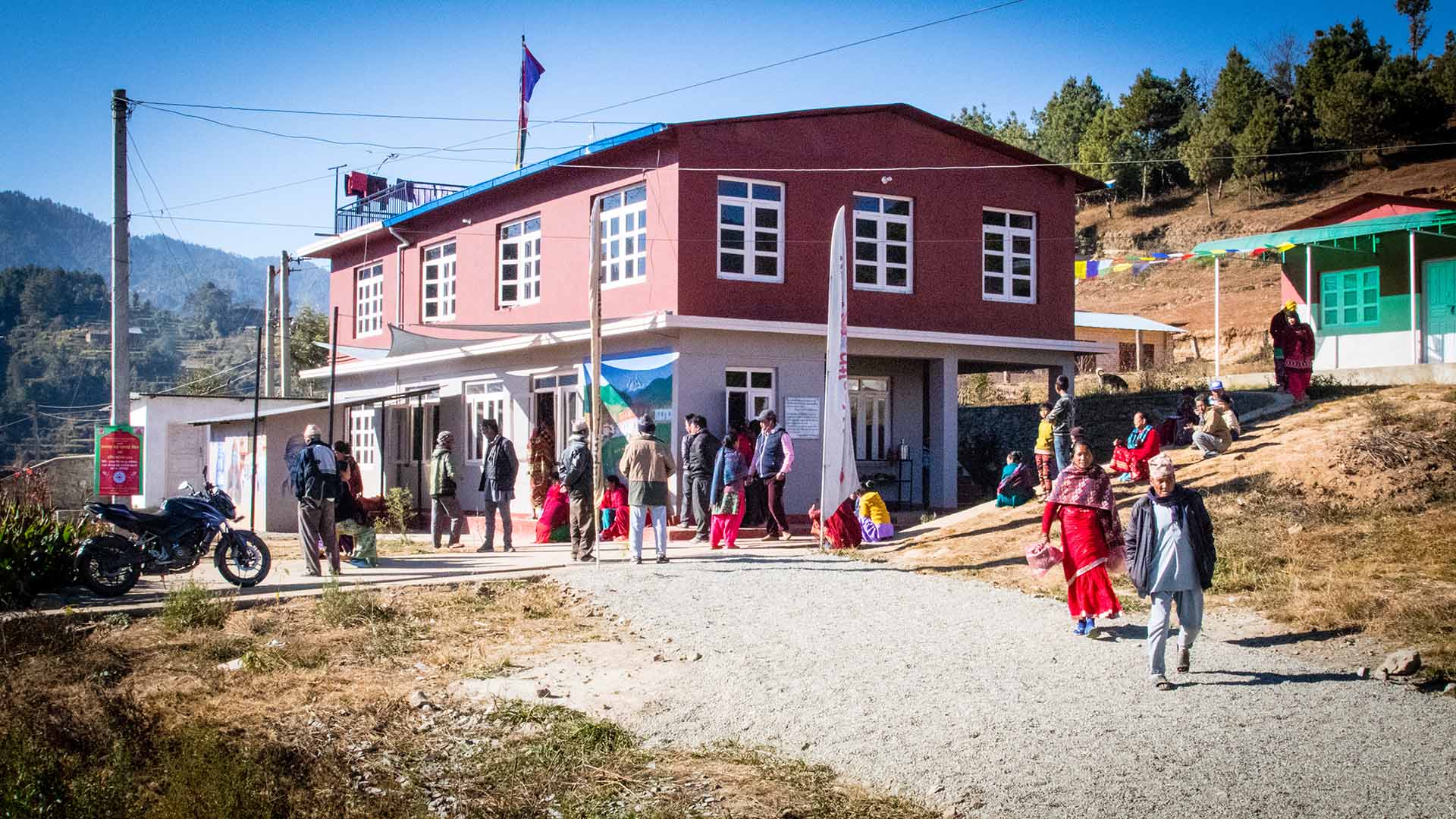News Blog
Latest News From Our Volunteers in Nepal
VOLUNTEER COMMUNITY CARE CLINICS IN NEPAL
Nepal remains one of the poorest countries in the world and has been plagued with political unrest and military conflict for the past decade. In 2015, a pair of major earthquakes devastated this small and fragile country.
Since 2008, the Acupuncture Relief Project has provided over 300,000 treatments to patients living in rural villages outside of Kathmandu Nepal. Our efforts include the treatment of patients living without access to modern medical care as well as people suffering from extreme poverty, substance abuse and social disfranchisement.
Common conditions include musculoskeletal pain, digestive pain, hypertension, diabetes, stroke rehabilitation, uterine prolapse, asthma, and recovery from tuberculosis treatment, typhoid fever, and surgery.
FEATURED CASE STUDIES
Rheumatoid Arthritis +
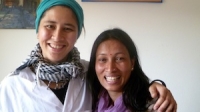
35-year-old female presents with multiple bilateral joint pain beginning 18 months previously and had received a diagnosis of…
Autism Spectrum Disorder +
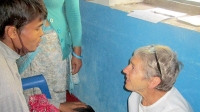
20-year-old male patient presents with decreased mental capacity, which his mother states has been present since birth. He…
Spinal Trauma Sequelae with Osteoarthritis of Right Knee +
60-year-old female presents with spinal trauma sequela consisting of constant mid- to high grade pain and restricted flexion…
Chronic Vomiting +
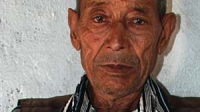
80-year-old male presents with vomiting 20 minutes after each meal for 2 years. At the time of initial…
COMPASSION CONNECT : DOCUMENTARY SERIES
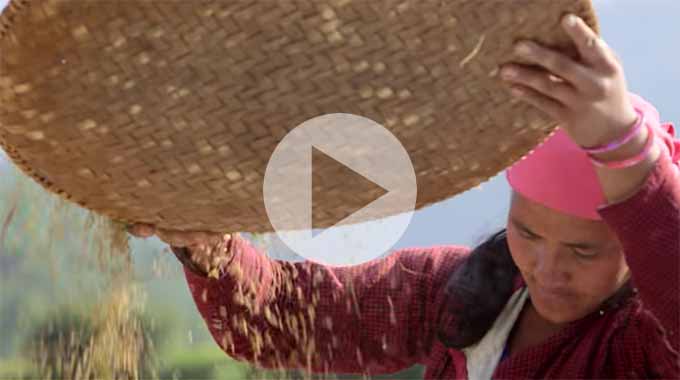
Episode 1
Rural Primary Care
In the aftermath of the 2015 Gorkha Earthquake, this episode explores the challenges of providing basic medical access for people living in rural areas.
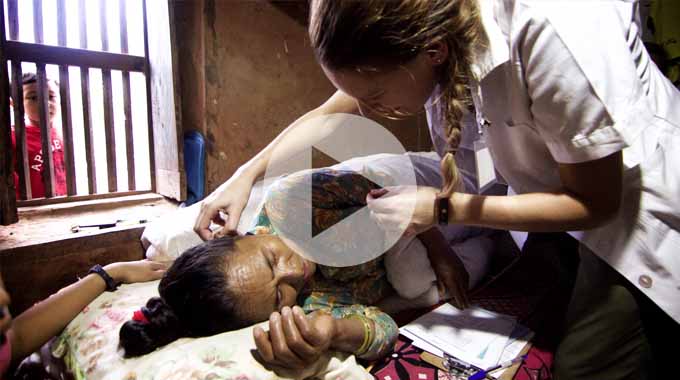
Episode 2
Integrated Medicine
Acupuncture Relief Project tackles complicated medical cases through accurate assessment and the cooperation of both governmental and non-governmental agencies.
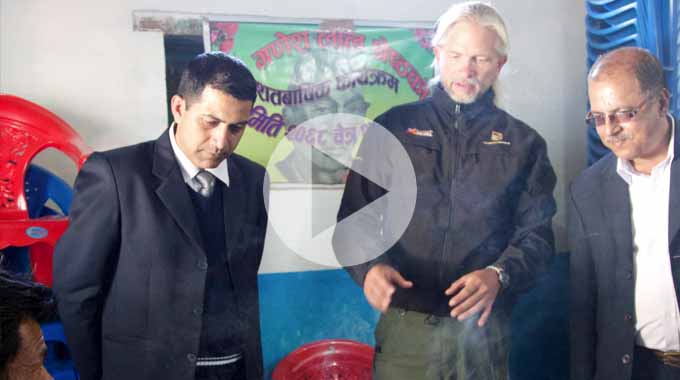
Episode 3
Working With The Government
Cooperation with the local government yields a unique opportunities to establish a new integrated medicine outpost in Bajra Barahi, Makawanpur, Nepal.
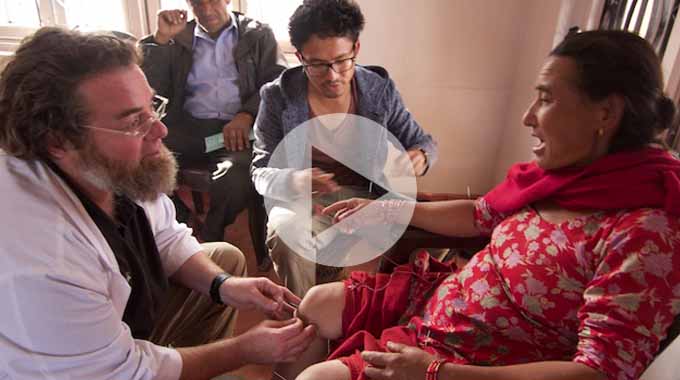
Episode 4
Case Management
Complicated medical cases require extraordinary effort. This episode follows 4-year-old Sushmita in her battle with tuberculosis.
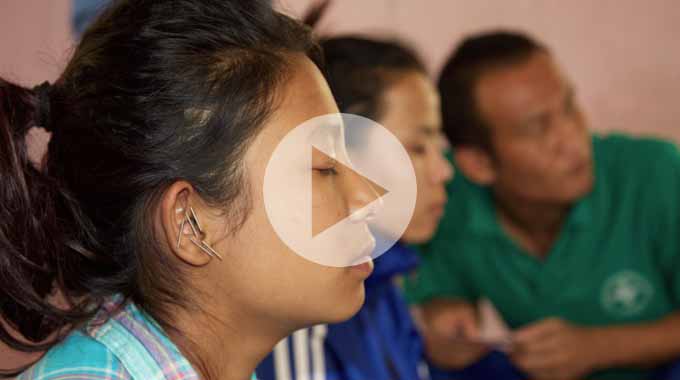
Episode 5
Sober Recovery
Drug and alcohol abuse is a constant issue in both rural and urban areas of Nepal. Local customs and few treatment facilities prove difficult obstacles.
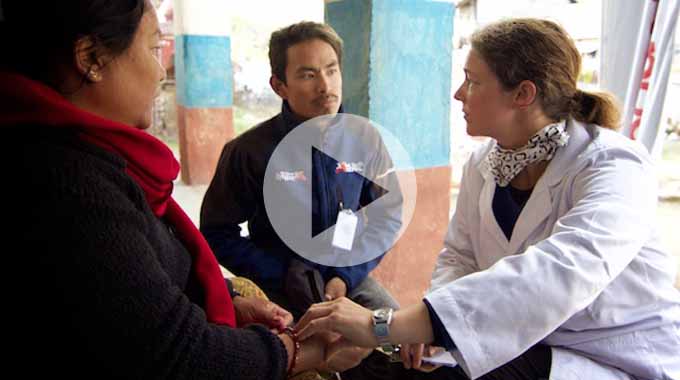
Episode 6
The Interpreters
Interpreters help make a critical connection between patients and practitioners. This episode explores the people that make our medicine possible and what it takes to do the job.
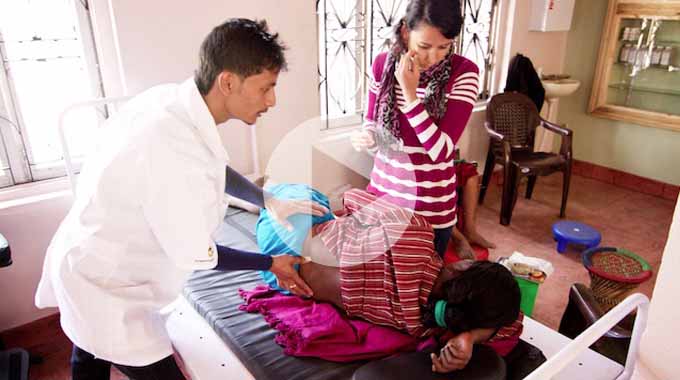
Episode 7
Future Doctors of Nepal
This episode looks at the people and the process of creating a new generation of Nepali rural health providers.
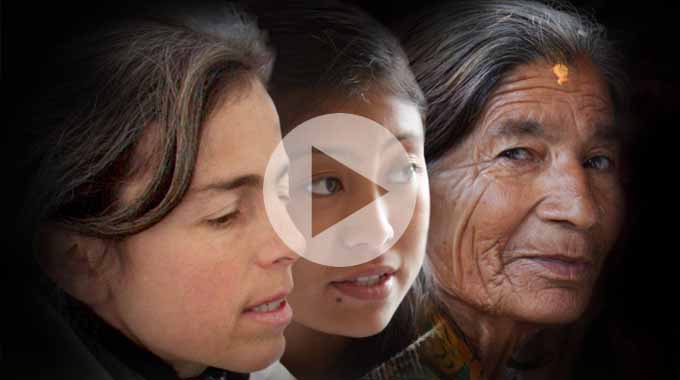
Compassion Connects
2012 Pilot Episode
In this 2011, documentary, Film-maker Tristan Stoch successfully illustrates many of the complexities of providing primary medical care in a third world environment.
From Our Blog
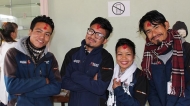
- Details
- By Rachel Chang
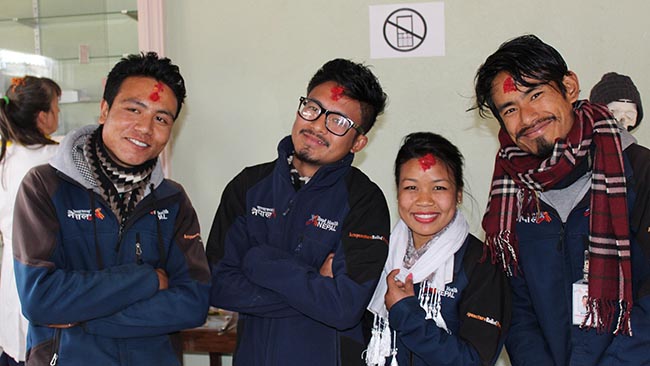
For me, meeting the local interpreters, acupuncture students and our cook, and getting to know them on a personal level, has been the most amazing experience.
The high unemployment rate in Nepal means that many young people try to seek opportunities abroad and are likely to end up exploited as cheap labour. The average yearly wage of a Nepalese is $240USD and for many, going on a holiday is but a dream. I had a chance to listen to the stories of some of the youth I met and worked with. Prior to working for ARP, some were unemployed or had unstable low paying jobs, and pursuing higher education was something that they couldn’t all afford to do. Seeing their potential, ARP offered them a meaningful way to earn money and contribute back to their communities. Here are their stories:
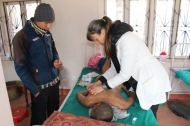
- Details
- By Emma Sanchez
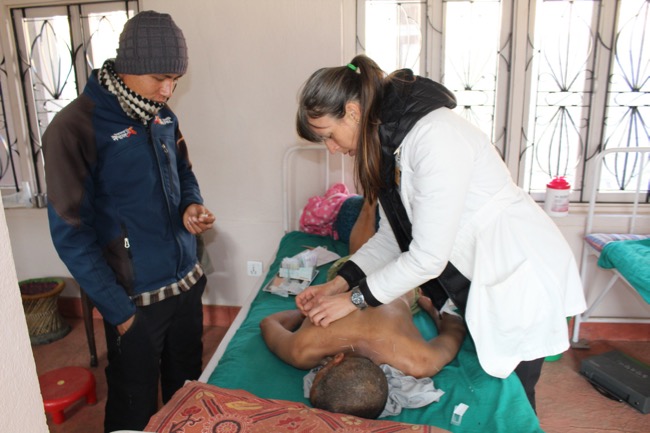
Time is flying by and we have less than a week before this camp’s rotation is over and the clinic will close until September. The first week or so here was a mad scramble to work out how to treat two to three times more patients than I would normally see in a day; how to work through an interpreter; how to modify my intake for this population to get the information that I need; and how to screen patients for more serious health issues than I would come across at home. I became more comfortable with this dance, allowing me to really focus on assessing the effectiveness of the treatments and what could be done to get patients into the best possible shape before we leave.

- Details
- By Asiya Shoot
When it's all said and done, leading a team in any capacity is not an easy job. Being a medical volunteer here also stretches each of us. I thank my team for working from day one in a new remote town, and also a new clinic! Yes, newness can bring challenges, but, like any spiritual growth, there is major relief that comes only pushing through the most climactic and painful time. It's like sitting down to meditate and you are faced with all the itches and discomforts in your body. You want to jump up and scream and run from it, but you know, only sitting a few moments longer will bring the most blissful freedom you can imagine.
Our Mission
Acupuncture Relief Project, Inc. is a volunteer-based, 501(c)3 non-profit organization (Tax ID: 26-3335265). Our mission is to provide free medical support to those affected by poverty, conflict or disaster while offering an educationally meaningful experience to influence the professional development and personal growth of compassionate medical practitioners.
